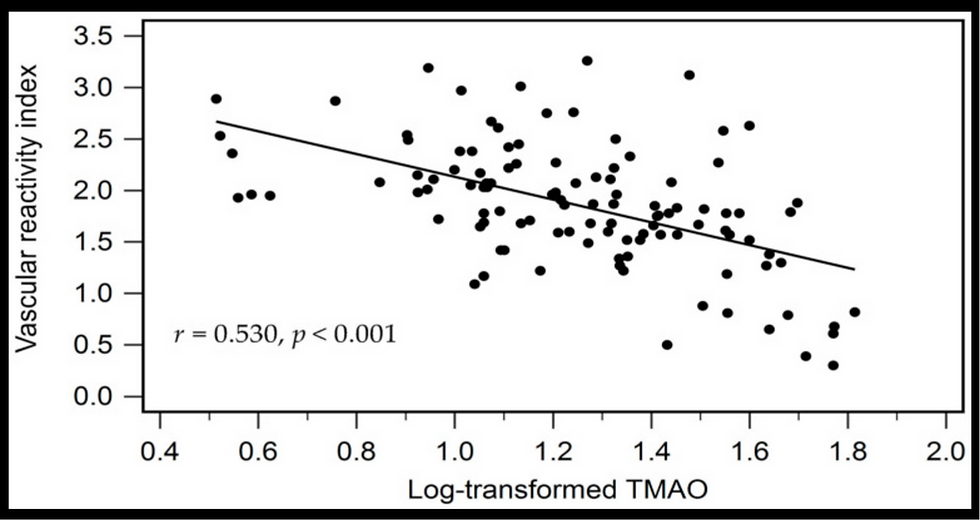COVID spike protein induces endothelial dysfunction in 3D engineered vascular networks
- heartlung
- Jan 16, 2023
- 1 min read
bioRxiv 2022 Oct 3;2022.10.01.510442.
SARS-CoV-2 spike protein induces endothelial dysfunction in 3D engineered vascular networks
Brett Stern, Peter Monteleone, Janet Zoldan
Abstract With new daily discoveries about the long-term impacts of COVID-19 there is a clear need to develop in vitro models that can be used to better understand the pathogenicity and impact of COVID-19. Here we demonstrate the utility of developing a model of endothelial dysfunction that utilizes induced pluripotent stem cell-derived endothelial progenitors encapsulated in collagen hydrogels to study the effects of COVID-19 on the endothelium. We found that treating these cell-laden hydrogels with SARS-CoV-2 spike protein resulted in a significant decrease in the number of vessel-forming cells as well as vessel network connectivity. Following treatment with the anti-inflammatory drug dexamethasone, we were able to prevent SARS-CoV-2 spike protein-induced endothelial dysfunction. In addition, we confirmed release of inflammatory cytokines associated with the COVID-19 cytokine storm. In conclusion, we have demonstrated that even in the absence of immune cells, we are able to use this 3D in vitro model for angiogenesis to reproduce COVID-19 induced endothelial dysfunction seen in clinical settings.

![Lipoprotein(a) levels predict endothelial dysfunction in maintenance hemodialysis patients: evidence from [VENDYS] vascular reactivity index assessment](https://static.wixstatic.com/media/dac531_5285607cc591409a9d83746f042af7c6~mv2.png/v1/fill/w_980,h_980,al_c,q_90,usm_0.66_1.00_0.01,enc_avif,quality_auto/dac531_5285607cc591409a9d83746f042af7c6~mv2.png)


Comments